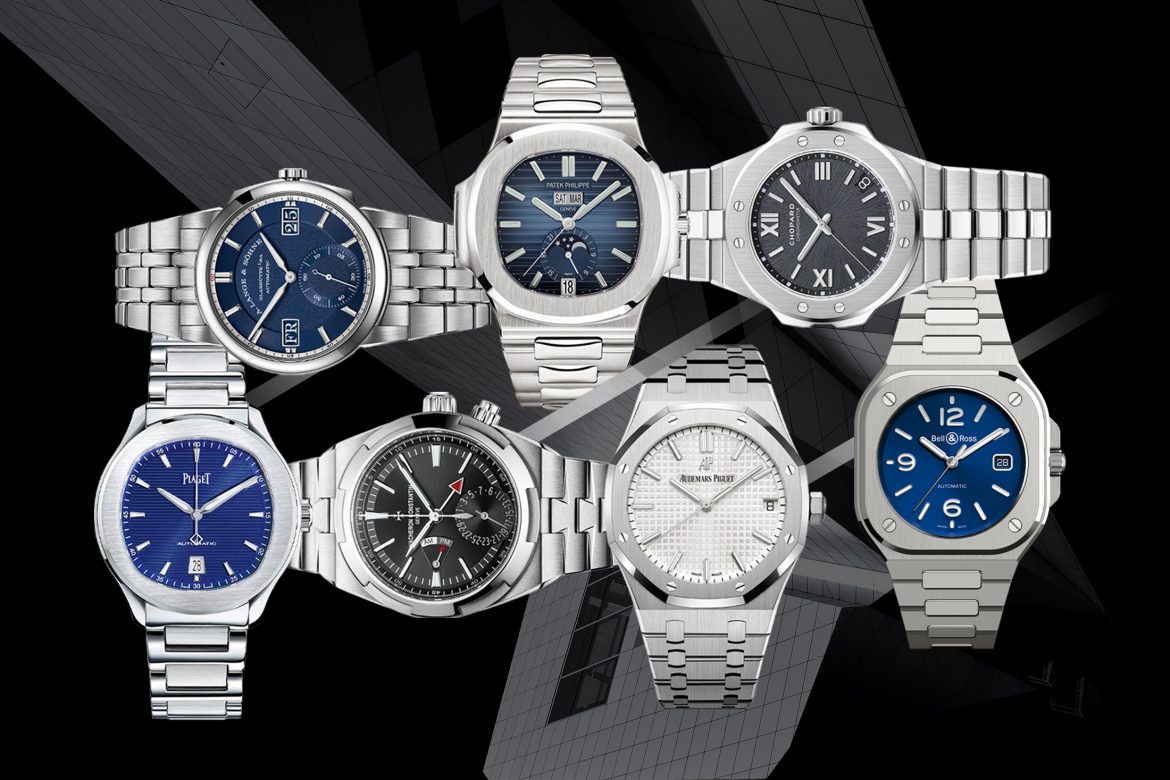A market segment almost five decades in the making.
Patek Philippe recently made headlines when the brand discontinued one of its most highly sought-after watches, the Nautilus Ref. 5711/1A-010 in steel. The timepiece is one of the best examples of a luxury steel sports watch and famously elusive, with some authorised dealers reportedly having wait lists of up to 10 years. Naturally, this has translated to outsized premiums for it on the pre-owned market – you can conceivably walk out of an authorised dealer’s shop with one, and immediately sell it off for three times what you paid for it.
 Patek Philippe Nautilus Ref. 5711/1A-010
Patek Philippe Nautilus Ref. 5711/1A-010Curiously enough, the hype has not extended to the exact same watch in rose gold, the Nautilus Ref. 5711/1R-001. What exactly is it about the luxury steel sports watch – like the discontinued Nautilus – that has captivated the watch industry?
What’s a luxury steel sports watch?
Perhaps it’s easier to start by describing what the luxury steel sports watch is. Strict definitions do not exist here, unlike the ISO 6425 standard for dive watches or COSC certification standard for chronometers. There are, however, a set of common traits that identify such a watch.

Bvlgari Octo Finissimo in steel, a contemporary luxury steel sports watch
For a start, it features a technical design and construction that complement each other – the luxury steel sports watch is sporty and robust, and its aesthetics convey this. Yet, it isn’t a bona fide sports watch or tool watch. Instead, an air of refined elegance serves as a counterpoint to its sporty character, with the overall package embodying luxury. There’s also its steel construction. It’s a crucial feature that can be traced back to the very first luxury steel sports watch: the Audemars Piguet Royal Oak released in 1972.
The category’s forerunners

The original Royal Oak released by Audemars Piguet in 1972
The story behind the Royal Oak is a fascinating one. The brainchild of Swiss watch designer Gérald Genta, the watch was designed at the behest of Georges Golay, the brand’s then managing director. Genta apparently did so in just one night – right before Audemars Piguet’s presentation at the following day’s Basel watch fair. The passage of time has revealed it to be a timeless masterpiece though, never mind its short gestation period.
With its faceted, angular design, integrated bracelet, and bezel with exposed screws, the Royal Oak went completely against the zeitgeist of the 1970s, which favoured slim dress watches. What was even more outrageous was its price: despite having a steel case and bracelet, the timepiece was priced as much as gold watches, and cost around 10 times what the Rolex Submariner was then going for. This wasn’t a mistake. Rather, it was a statement by Audemars Piguet to consider the timepiece in its entirety – finishing and all – instead of evaluating its value based on the materials that went into it.
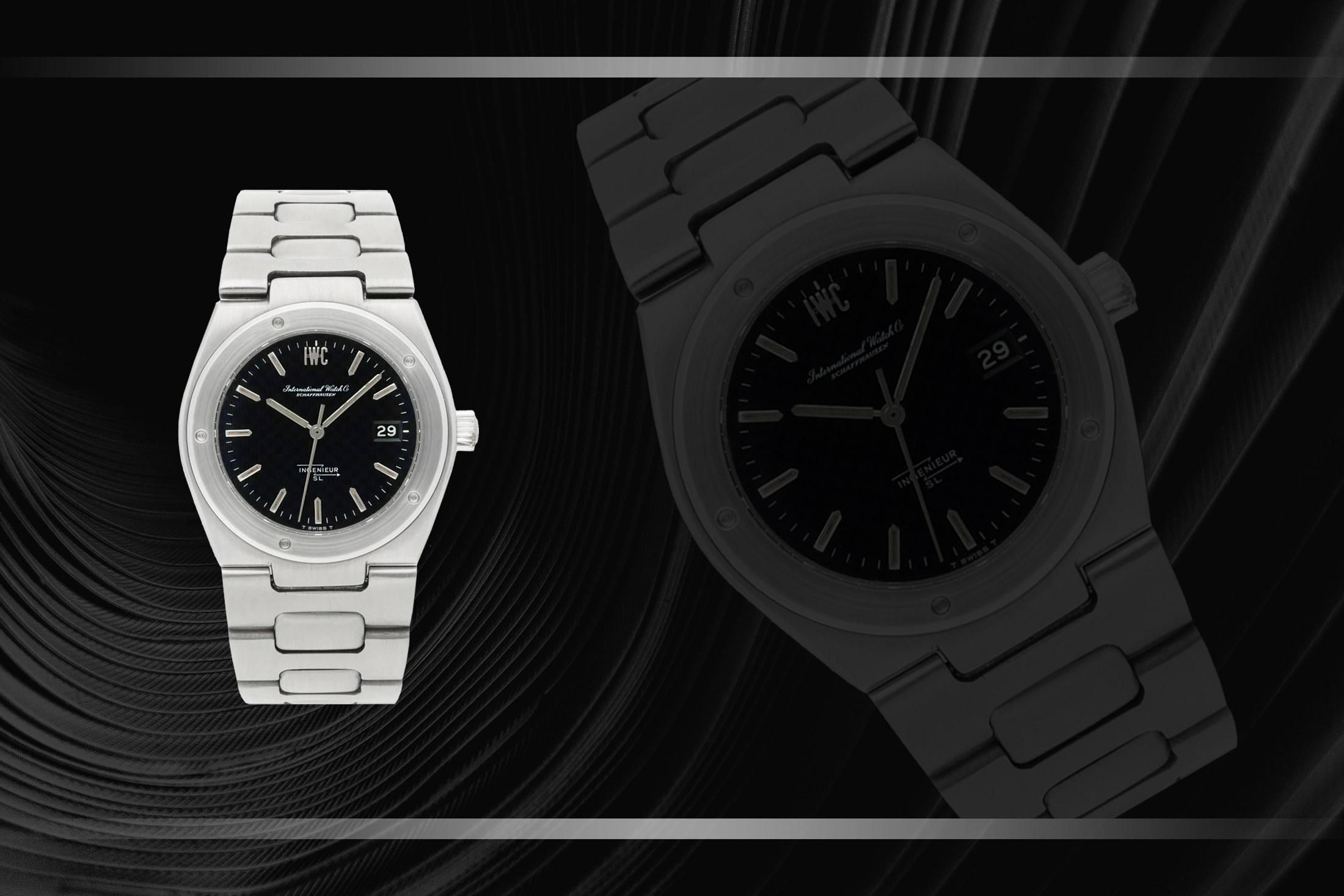
IWC Ingenieur SL
Initial sales for the Royal Oak were slow, but the watch set a precedent and established a wholly new category of timepieces. Genta further developed this style by designing Patek Philippe’s Nautilus and IWC’s Ingenieur SL, both of which were released in 1976. He wasn’t the only one responsible for the initial wave of luxury steel sports watches, of course. Brands like Girard-Perregaux and Vacheron Constantin were also offering their own takes on the category with the Laureato and Ref. 222 respectively. In time, others such as Hublot would join the fray.
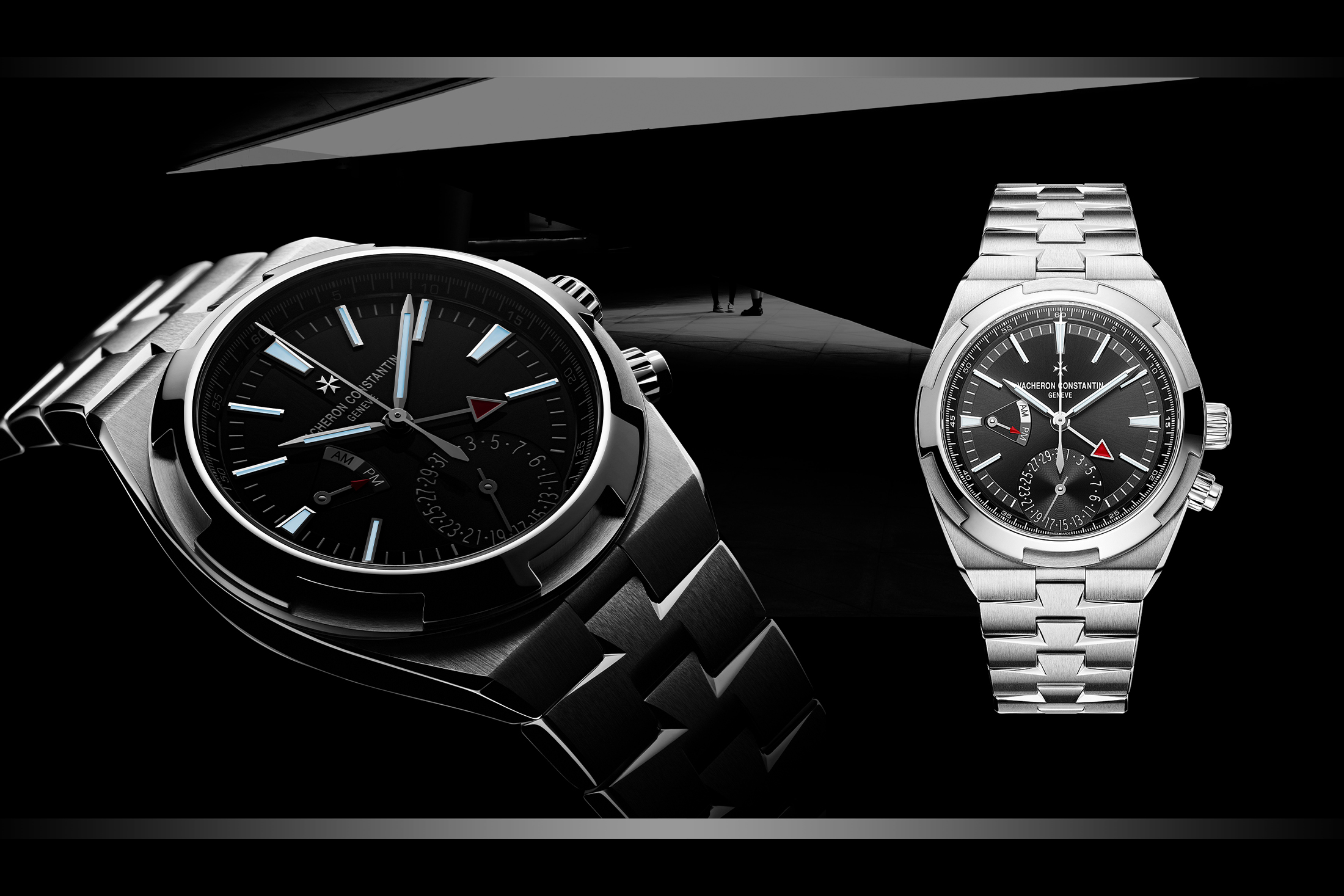
Vacheron Constantin Overseas, the spiritual successor to Ref. 222
New wave

A. Lange & Söhne Odysseus
Fast forward to 2021, and the luxury watch industry has evolved into a very different landscape. There’s been renewed interest in the luxury steel sports watch, and new models alongside re-releases and reinterpretations have significantly expanded the range of such timepieces. Piaget’s Polo S is the spiritual successor of previous Polo timepieces like the Polo and Polo FortyFive. Bell & Ross’s BR 05 features tweaks to the brand’s existing design language to create what’s dubbed “an instrument for urban explorers”. A. Lange & Söhne’s Odysseus is a completely new timepiece – and a departure from the manufactory’s practice of only producing watches in precious materials. The list goes on.
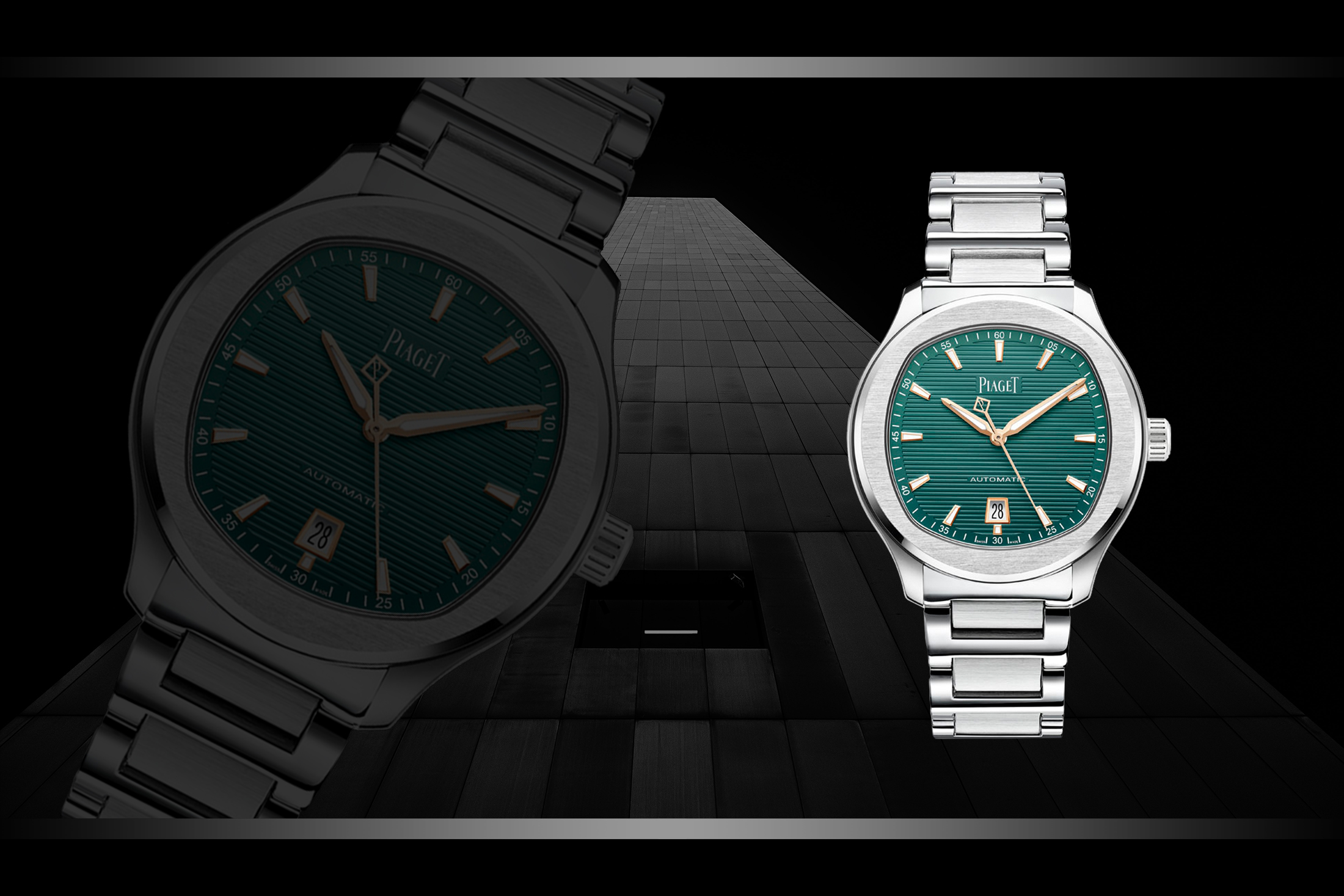
Piaget Polo S
Several parallel trends have spurred this development.
The first is the steadily growing demand for Rolex sports watches such as the Submariner, the Audemars Piguet Royal Oak (as well as its sibling the Royal Oak Offshore), and the Patek Philippe Nautilus. These three brands share a crucial characteristic: each has limited capacity and/or desire to increase the production of a particular watch just to meet higher demand. Rarity, in turn, leads to even greater demand, creating a runaway feedback loop. The result isn’t just escalating demand for and desirability of these watches, but also a halo effect for the segment in general.

Audemars Piguet Royal Oak Selfwinding
The zeitgeist of today also favours the luxury steel sports watch to an extent that’s never been seen before. Consider how popular culture today obsesses over signalling one’s success and affiliations. It’s pervasive, from the logomania that’s gripped high fashion, to streetwear’s fixation on the latest and most-hyped drops. In the context of luxury watches, a coveted timepiece like the Nautilus in steel is a signalling device – it shows that you belong to an exclusive tribe, with all the trappings of membership. Much of this attention (and derived demand) comes from people who would otherwise have little interest in watches, of course. But therein lies a powerful endorsement of these timepieces’ strength of design, because they must be instantly recognisable from a distance in order to function as signalling devices.

Chopard Alpine Eagle
At the same time, it’s become standard practice to revisit past models from a brand’s archives. Throwbacks are now a given, so it stands to reason that luxury steel sports watches of the past would be among the ones making a return to the market today. And why not, if there’s now renewed interest in this segment of products? Indeed, Chopard’s Alpine Eagle is one such example, with its design informed by the St. Moritz collection of the 1980s. Brands that have introduced new examples of luxury steel sports watches are doing so for the same reason – it’s the perfect opportunity to diversify their offerings by entering a part of the market with much potential.
Why the focus on just steel watches though? It could be a nod to the precedence established by Royal Oak back in 1972. Or a recognition of how a watch should be judged by the time and touch of the watchmakers’ hands, and not just the material it’s rendered in. It could even be the subversion of value that appeals to some buyers. Who knows? Whatever the case is, the luxury steel sports watch has clearly not run its course, so expect even more models and references in the months and years ahead.
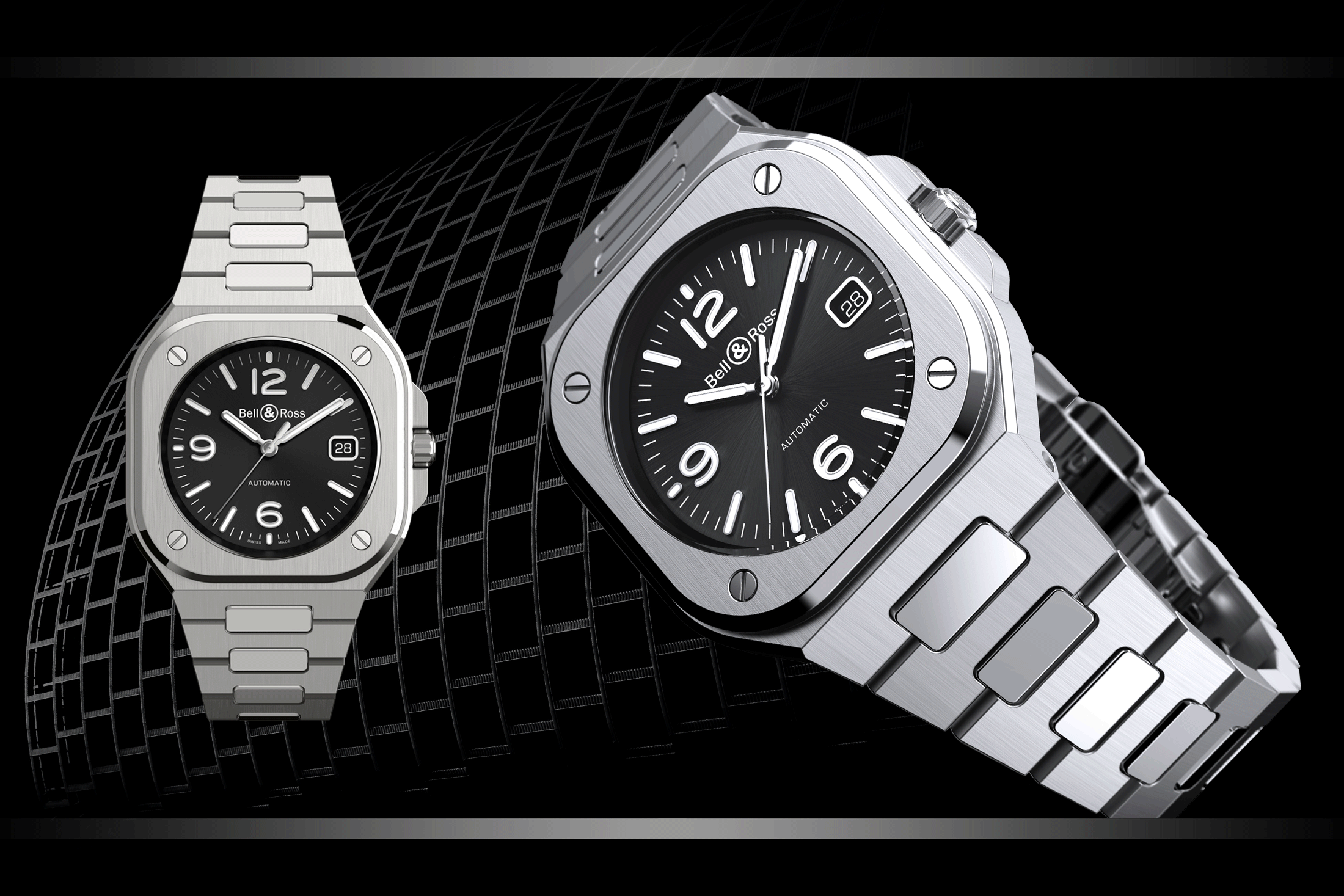
Images courtesy of respective brands featured, artwork by Curatedition. All rights reserved.
Related Links:
A. Lange & Söhne Odysseus: In Good Sport
Patek Philippe: Time Ownership
The Piaget Polo Skeleton Plays By Its Own Rules

